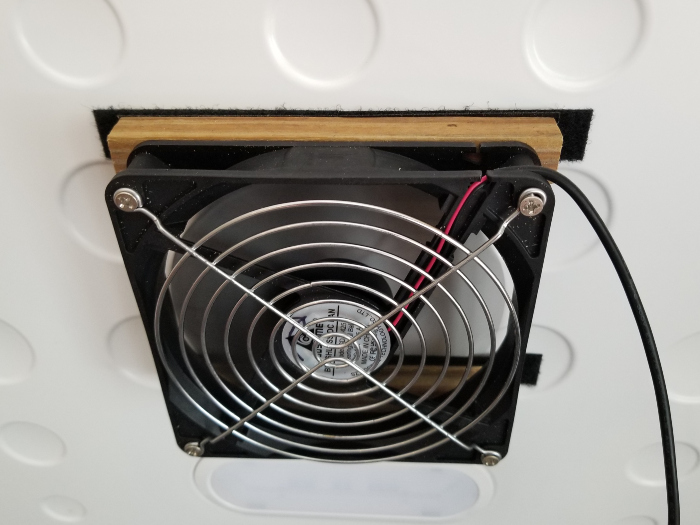It’s better in stuck with insulation to the side of a keg or FV
LOL... I've read enough posts that had me thinking that may be the case. In my last keezer, I had the probe sandwiched between a water bottle and two koozie layers. To the best of my knowledge, that worked fine. I just cant help but think that having the probe in a thermowell (in a small container to improve temp change response) should be "better". Seeing your pic bubbled this notion up in my head again.
Guess I'll revert to the tried and true K.I.S.S. principle.

















![Craft A Brew - Safale BE-256 Yeast - Fermentis - Belgian Ale Dry Yeast - For Belgian & Strong Ales - Ingredients for Home Brewing - Beer Making Supplies - [3 Pack]](https://m.media-amazon.com/images/I/51bcKEwQmWL._SL500_.jpg)










































